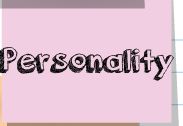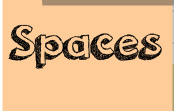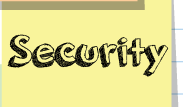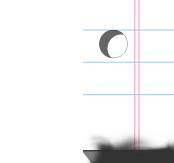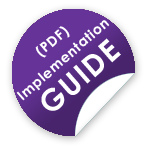At The University of Houston Clear-Lake (UHCL) the Writing Center began engaging in “virtual” tutoring in 1999 via asynchronous email response. As the director, I was uncomfortably aware of how closely this type of tutoring resembled the “dry cleaners” image that many writing center professionals decry. I was also aware of the problems that the absence of physical cues and the ability to connect with students in real space would create. I wanted to explore synchronous options as soon as they became technologically feasible, so when our database provider offered the opportunity to beta test its synchronous chat program, I was happy to participate.
To create an online chat experiment, I worked with a colleague from Oklahoma State University, Dr. Rebecca Damron. We paired tutors from our institutions and had them work together on assignments that they were writing for their courses. As we concluded in our IWCA presentation in 2007, the chat software still had some bugs that needed working out (and technology is an important element of virtual space that must be considered—see Katie’s discussion on this in Technological Space), but the most important discovery we made echoes the work of Beth Hewitt (2010) and Alfarez Abdul-Rahman and Stephen Hailes (2000). Our work focused on the importance of relationships—of making, developing, and maintaining connections. In fact, some of our tutors found this problem so daunting they simply gave up on working in chat. But Becky and I, having bonded during our week as roommates at the 2006 IWCA Summer Institute at Stanford, found we had very little trouble communicating over chat. We were enjoying our interactions. The ease with which Becky and I interacted could not be ascribed to previous chat experience, since we both had only limited exposure to the technology prior to this project. We concluded that having an existing relationship made the difference. It’s easier to connect in virtual space with someone you feel comfortable with, someone you trust, and someone with whom you can identify. We discovered that we needed to learn how to create this type of experience for people who do not have a prior connection.
We decided to take a conservative approach. The UHCL Writing Center began to offer limited chat via AOL Pro (a program that had to be downloaded, but which was free at the time) and we did not expect much participation. This proved true. No one came.
Two years later, Katie discovered a newer technology called a chat widget.This small software program could be embedded directly in the web page; the writer could simply click and type to initiate an interaction. We finally had an easy-to-use interface for writers, but we still had concerns about making sure that this space would work in the way we wanted it to. We continued to think about how writers would interact with an “ask the tutor” function and came up with the more focused questions below:
The Questions
- How can we ensure that students recognize and trust us?
Will writers know with whom they are speaking, and will they feel confident that they are discussing their questions with a trained expert? The chat widget is very public; we wondered if others could pose as tutors using its interface.
- How can we ensure that students will want to talk with us via chat?
Will writers be attracted to this type of space?
- How can we ensure that students feel respected and “safe” in their virtual interactions with us?
Will we be able to manage multiple voices in our interactions?
- How can we train tutors to work in this space?
Will our tutors, many of whom were unfamiliar with chat technology and interactions, be able to learn to work in this venue?
In other words, we needed to devise a way to build trust, a method that would incorporate the seven principles identified in the discussion of Virtual Space: addressing context, avoiding the negative, factoring in prior-experience, preserving and promoting our reputation, earning trust one writer at a time, remaining flexible, and valuing every interaction.
This section described how we addressed some of the technical aspects of these principles. The next section, Susie Space, addresses how we incorporated play—engaging writers in interactions that would also challenge them to take risks, to move beyond the known into a new virtually-defined space.












